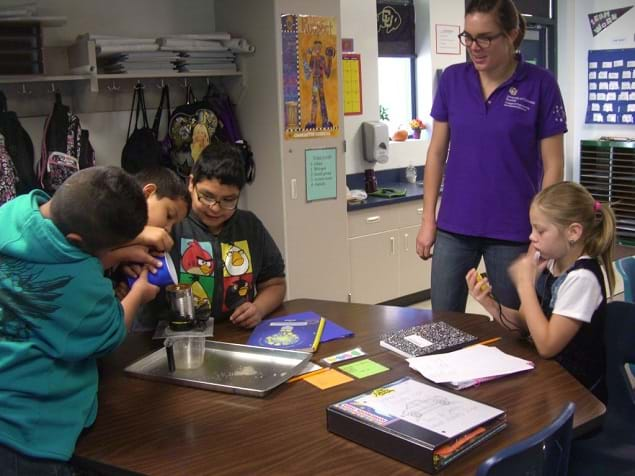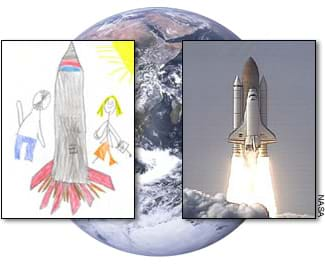In 2003, the National Science Foundation (NSF) funded the creation of the TeachEngineering digital library for educators to teach engineering in K-12 settings and build upon the K-12 engineering curricula already developed as a result of NSF GK-12 program funding. The University of Colorado brought together several engineering colleges to move this vision to reality.
University engineering faculty, graduate students and K-12 teachers across the nation developed and classroom tested the TeachEngineering curricular materials, which showcase engineering in everyday life as the context for student learning. Faculty and students at Oregon State University designed and developed the system architecture.
The classroom-tested curricula are aligned with state and/or national science, mathematics and technology educational standards, and use engineering as the vehicle to integrate science and mathematics concepts for K-12 students. The collection also provides a portal to "living labs," which provides real-time, online data on earthquakes and renewable energy.
In 2010, every TeachEngineering lesson and activity was aligned to the International Technology and Engineering Educators Association (ITEEA) standards to underscore the engineering foundation of the collection. In 2014, the TeachEngineering team hand-aligned the collection’s lessons and activities to both the Next Generation Science Standards and Common Core Math Standards. New curricula are also aligned to these three standards sets.
The University of Colorado Boulder and Oregon State University continue to apply rigorous standards to the publishing process and enhance user features, while performing systems infrastructure work to accommodate the growing content of the library. TeachEngineering continues to expand with submissions from more than 60 different institutions. Most curricular contributions are authored by the professors, graduate students and teachers associated with NSF-funded engineering colleges from across the country, primarily GK-12 and RET grantees.
In late 2014, sprinkles were added to the collection. These easy-to-conduct, mostly 60-minute-or-less, hands-on engineering activities are abbreviated versions of the most popular TeachEngineering activities and are designed for informal learning settings, such as afterschool clubs—and are also provided in Spanish.




